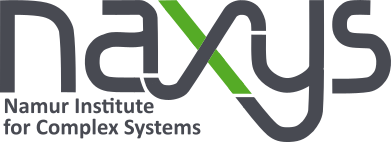
- This event has passed.
Alessandro Moirano (LPAP, ULiège)
Title: Io, a natural probe for Jupiter’s atmosphere and magnetosphere – (Some of) Juno’s results on the moon-magnetosphere interaction.
Abstract:
Jupiter hosts persistent and bright auroras, which are driven by the precipitation of particles into its atmosphere, mostly electrons. The presence of Io orbiting in the inner Jovian magnetosphere produce a specific auroral emission on Jupiter, called “footprint”, whose details are determined by the atmosphere and the energy of the precipitating electrons. The latter, in turn, depends on the physical magnetospheric process(es) that accelerates the particles along the magnetic field and towards the planet. Therefore, the footprint – and the aurora in general – wraps information about the atmospheric structure and the energy spectrum of the precipitation. During this talk, we will discuss the recent analyses of the observations performed by Juno, which has been orbiting Jupiter and providing an unprecedented vantage point on its polar regions since 2016. To begin with, the position of the Io footprint is affected by the Io plasma torus, a dense and variable plasma cloud around Io’s orbit that is ultimately produced by the volcanic activity on the moon. We were able to constrain the spatial distribution of plasma near Io thanks to several years of observations with Juno. Moreover, during some of the closest-approach to Jupiter, Juno was able to observe the Io footprint near the planetary limb, which provided a unique opportunity to investigate the relation between the spectrum of the precipitating electrons and the vertical profile of the auroral emission. Lastly, by looking at the absorption in the far-ultraviolet recorded with the Ultraviolet Spectrograph onboard Juno, we aim at estimating the hydrocarbon abundances in the upper layers of Jupiter’s atmosphere.
The seminar mostly presents results driven by observations, interpreted in light of current theoretical models. Infrared, ultraviolet and radio observations, as well as in-situ particle measurements, are the backbone of the talk, although the moon-magnetosphere interaction welcome all types of expertise and observations.
This seminar will take place in Room S08 at the Faculty of Sciences.

